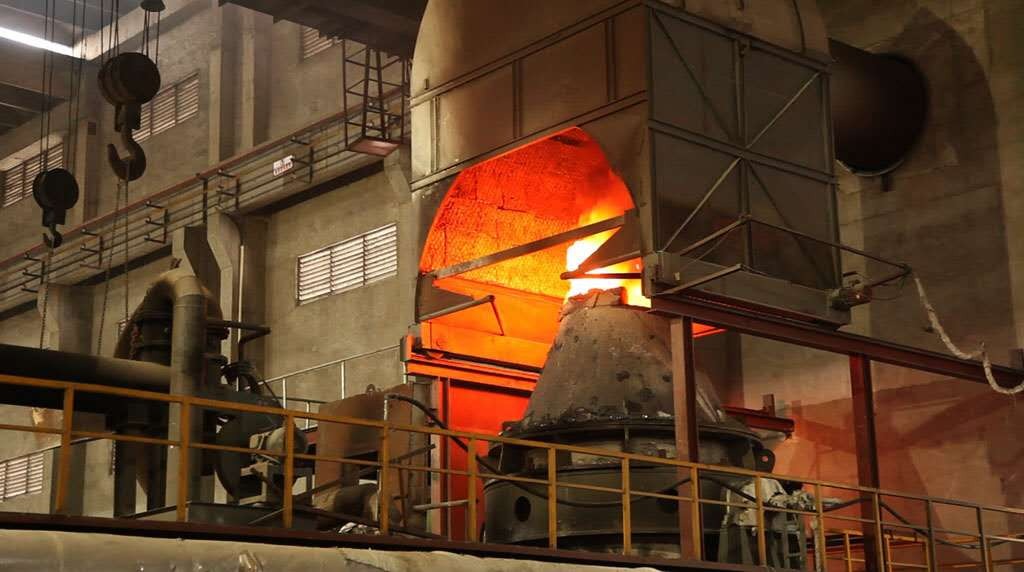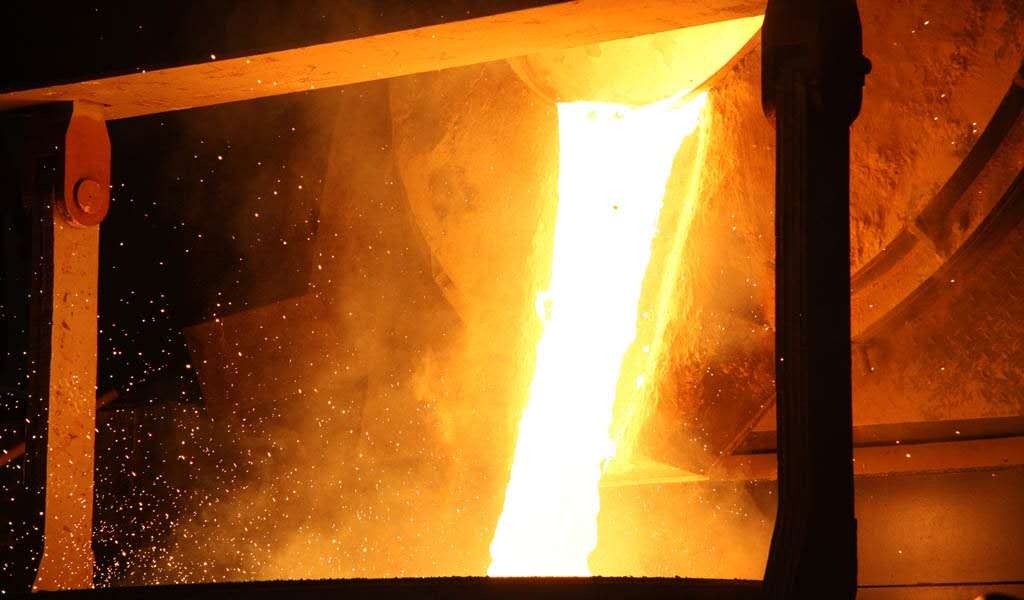Valve Ball Casting
We have thirty years of experience. During that time, we’ve become expert in valve ball processing and all its related services. We work closely with all major vall valve manufacture around the world. MEY supply Standard & Centrifugal casting accroding to requairments.



Centrigugal Casting
Centrifugal casting is a process that delivers castings of very high material soundness and thus is the technology of choice for applications. These applications could include jet engine compressor cases, petrochemical furnace tubes, many military products, and other high-reliability applications.
In the centrifugal casting process, molten liquid metal is poured into a spinning die. During the metal casting process, the die can be spinning either on a vertical or horizontal axis depending on the configuration of the desired part.
Ring and cylinder type shapes are cast vertically; tubular shapes are made with the horizontal centrifugal process. Either process may be used to produce multiple parts from a single casting. External structures and shaping can be cast in place to significantly reduce post-processing including machining or fabrication.
Because of the high centrifugal force applied to the molten metal in the spinning die, less dense material, including impurities, “floats” to the I.D. where it is subsequently removed by machining. Solidification is managed directionally under pressure, from the O.D. to the I.D., avoiding any mid-wall shrinkage. This would leave a defect-free structure without cavities or gas pockets.
Centrifugal casting – When to use it:
- Symmetrical parts that can rotate on an axis
- Sand Casting (Static casting) material properties are inadequate
- Centerline shrink is an issue using other casting processes
- Limited I.D. features
- Large parts, up to 135,000 lbs./61,350 kg or more
- Net-shaping: Some tooling cost is often justifiable when significant finishing is required
Investment Casting
Investment castings are typically selected because they can be produced with fine detail, excellent “as-cast” surface finish, shape into internal or external features, thin walls, and internal passageways to get to a near-net shape. This often leads to significant customer cost savings in material, labor, and machining.
Lost Wax Investment Casting Process
In lost wax investment casting, a sacrificial detailed wax pattern of the desired finished part is created and mounted onto a wax “tree”, which includes the metal delivery system (gates and risers). The tree is alternately dipped into a ceramic slurry and sprinkled with stucco material, and is allowed to dry. This process is repeated until a thick shell is created over the wax pattern. The wax pattern is melted out leaving a cavity in the shape of the pattern. The molten metal is then poured into this cavity until it is filled. After solidification, the shell is broken away, the gating material removed, and the finished part remains.
Sand Casting
Sand casting as a technology has been around for millennia and is selected as a preferred method to produce shaped parts that weigh less than a pound, to very large parts. The process is versatile and cost effective, even for low volume runs because of tooling cost. Nearly any part configuration that can be made using another casting process can be reduced to a pattern and created as a sand casting.
During this molding process, a pattern of the desired finished part including the metal delivery system (gates and risers) is constructed out of hardwood, urethane, metal or foam. Sand containing bonding material to retain its shape is packed around the pattern. The pattern is removed from the bonded sand, leaving a cavity in the mold that is in the shape of the part. Molten liquid metal is poured into the cavity and the metal solidifies. The sand is removed through a shakeout process. Other cast attachments, including the metal delivery system, are trimmed leaving the desired part.
Internal passageways, including intricate structures, can be included in the sand casting process by adding cores. This makes sand casting a popular selection for pump and valve applications. Sand castings would typically be at least partially machined before use.
There are many advantages and disadvantages of the sand casting process:
Advantages
- Nearly any alloy
- Low tooling costs
- The versatility of size, weight, and shape
- Any quality
- Timing
Disadvantages
- Lower dimensional accuracy
- Pattern maintenance
- Surface finish